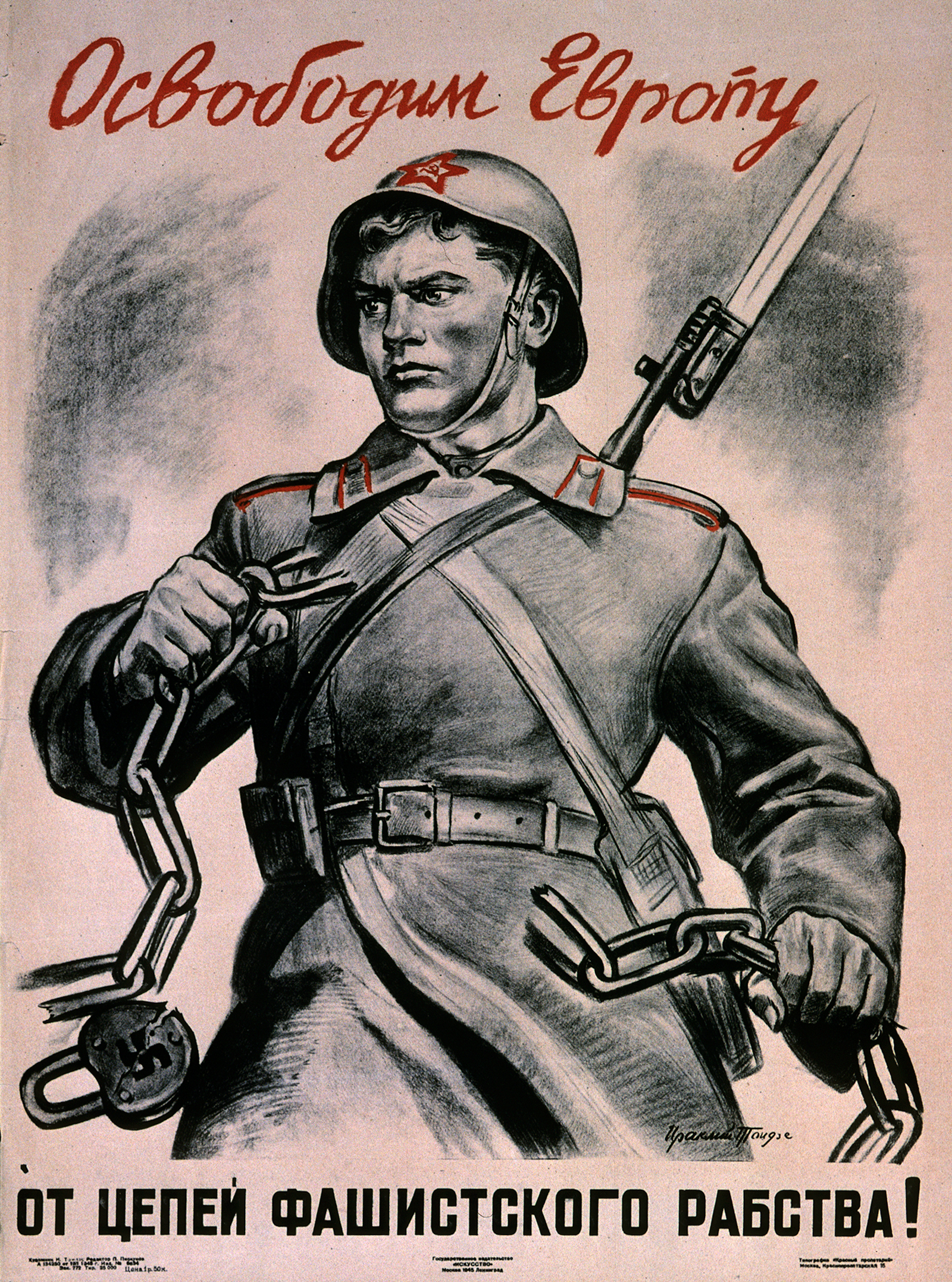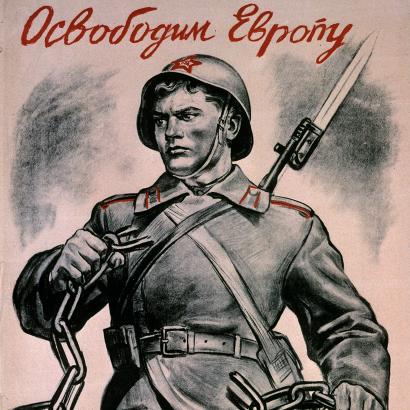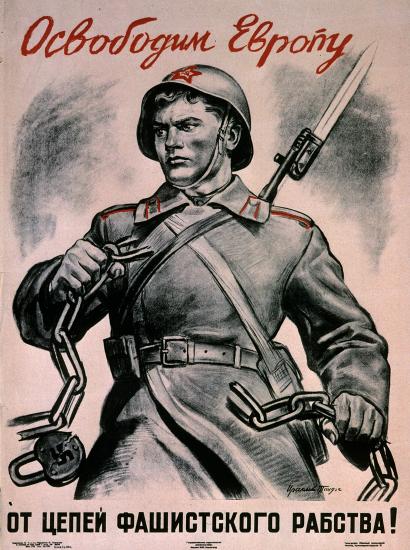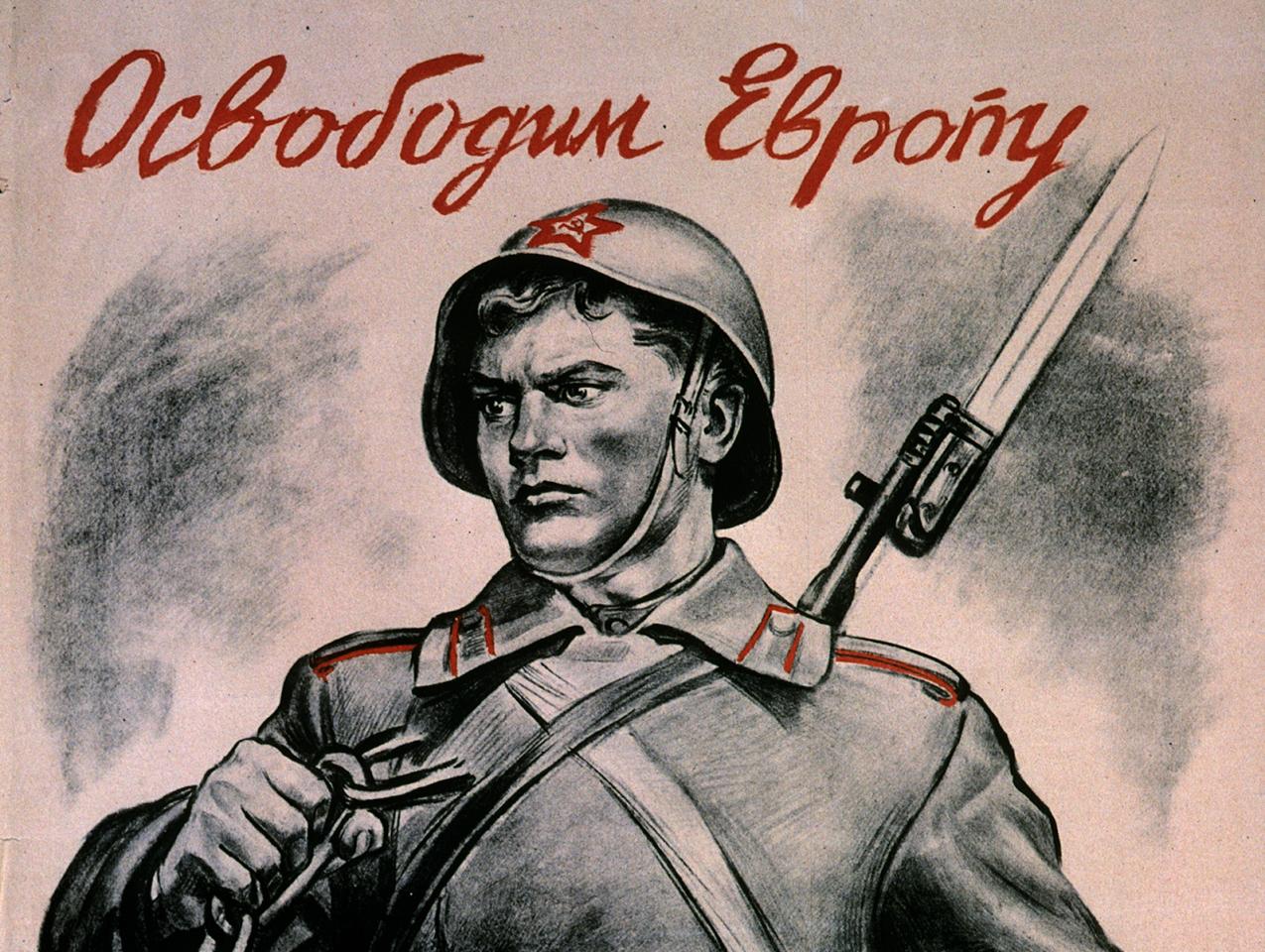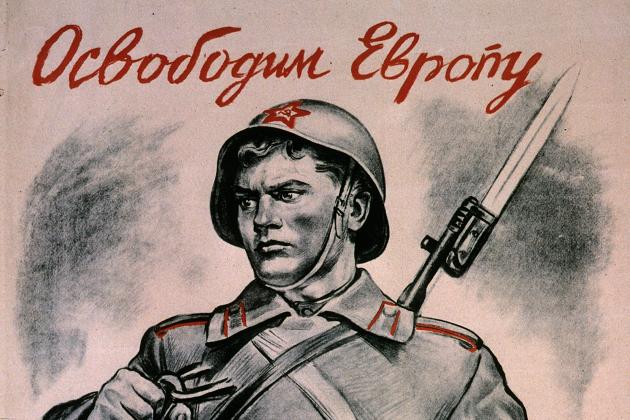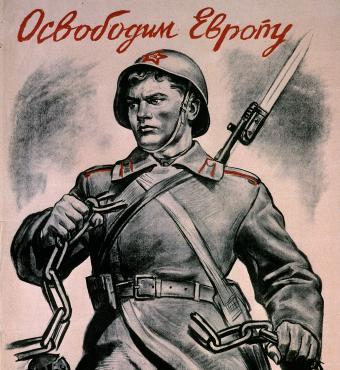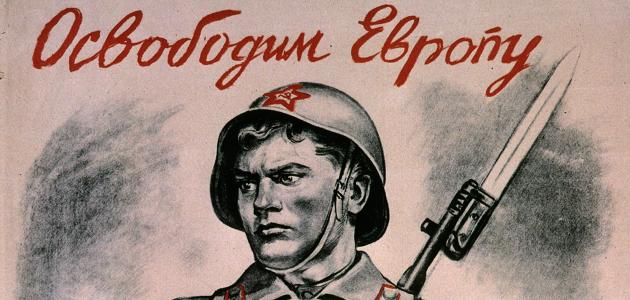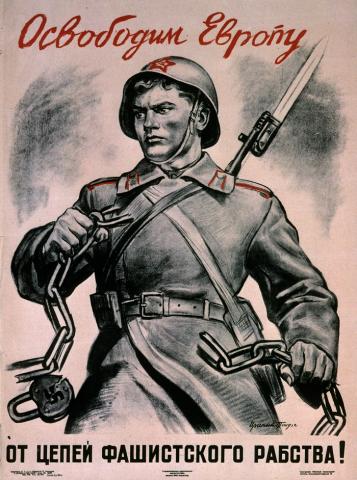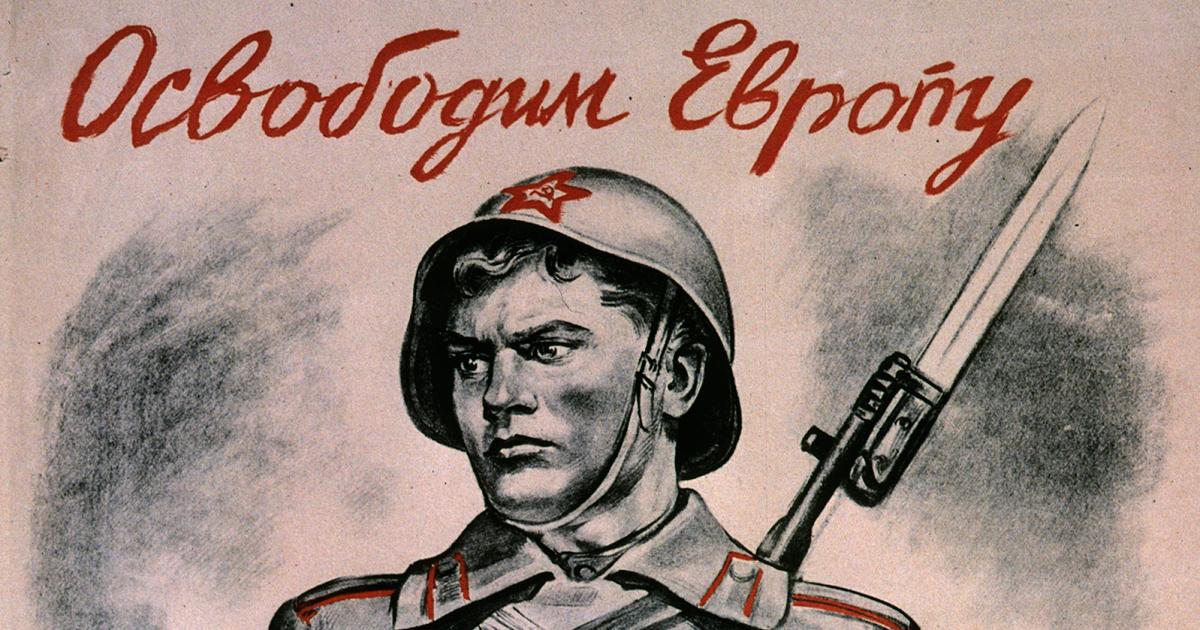Any American with strategic acumen or just a fundamental sense of decency wants Ukraine to thoroughly and incontestably defeat Russia’s military. Almost a year into Russia’s latest invasion, with its sanctioned, heedless atrocities, Ukraine’s battlefield performance has been inspiring and effective—and a disorienting shock to Russia’s startlingly inept generals and would-be czar. Instead of collapsing, the Kyiv government has demonstrated to the world its viability, distinct national identity, and commitment to independence, while its maddened neighbor poisons itself with self-aggrandizing myths and reveals, yet again, the Russian default to cruelty as an all-purpose solution.
Although we cannot foresee where the region’s borders will be penciled in at the end of this round of violence on civilization’s eastern frontier, Ukraine appears bound for victory, even a triumph.
It’s time to sober up. Ukraine has the will, skill, and support to win. So far. On paper. But a year ago—on paper—a Russian victory looked inevitable to the “best and brightest” military commentors in the West. While wishing the best for Ukraine, wishful thinking won’t do: It would be folly to write off the gut-shot Russian military even now.
Today, Russia’s forces remain abysmally led, poorly organized, ill-supplied, virtually untrained, and little-motivated. But the events of a peaceful afternoon thirty years ago leave me unable to write off the Russian military’s potential until its last field forces are annihilated—and even then, given Moscow’s strategic arsenal, beware of the Russian genius for destruction and self-destruction.
In 1993, during that brief window of imaginary opportunity after the Soviet collapse, when some Russians believed friendship with the West might be possible and far too many Westerners believed that Russians could stop being Russians, a few U.S. officers were invited to visit the Russian army archives outside of Moscow. At the time, there were interludes of genuine goodwill between some military elements (but never with the Russian security services) and our Russian hosts went to daring lengths to reveal their archived treasures. There was, for once, no vodka in sight, but perhaps twenty folding tables had been covered with military documents and paraphernalia, a sincere attempt to build a hopeless bond. On that poignant afternoon, I held in my hands the crude overlay on which Molotov and Ribbentrop had divided Poland.
But what I found most impressive—and instructive—was the display of front-level campaign plans from World War II, the “Great Patriotic War.” In the wake of the purges of the late 1930s that executed or imprisoned Stalin’s most-able officers literally by the thousands, the first operational plan on display, from the chaotic opening months of the Hitler-Stalin struggle, was so crude that it would not have gotten U.S. Army officers a passing mark in the captain’s course. It was scribbled by hand.
By mid-war, the improvement was noteworthy, the plans the work of competent officers (and typists) who understood their basic tasks.
By 1945, a front-level document, thick with annexes and appendices, rivaled in professionalism, clarity, and thoroughness any plan that I have ever seen.
The obvious point? Given time, even a purged-then-shattered Russian military proved capable of learning under the pressure of wartime and clawing its way back out of the grave. Perhaps today’s Russian military won’t discover a new Konyev or Zhukov in its ranks or cull another Rokossovski from the slimmed-down GULag, but the history of warfare is full of surprises, many of them unwelcome.
Were I to bet Yankee dollars today, I’d bet on Ukraine emerging from this struggle proudly, indisputably forged into a nation that has earned its right to exist with courage and blood. In the meantime, though, I’d keep my eye on the Russian gamblers across the table, wary of any cards they might find up their sleeves.
—Ralph Peters served as a U.S. Army Foreign Area officer targeted against the dying Soviet Union and the new, old Russia.







